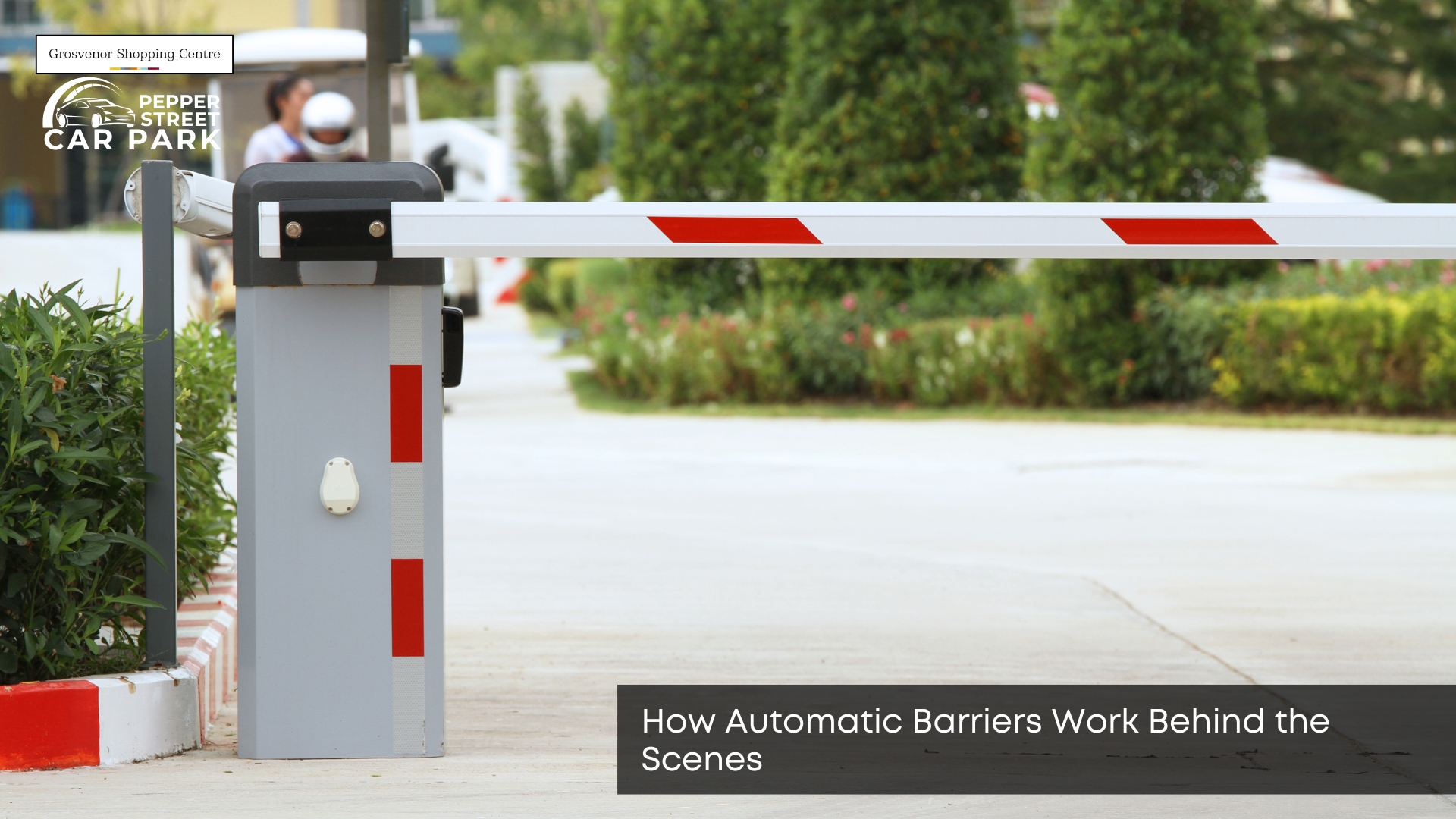Automatic barriers are ubiquitous at supermarkets, offices, residential blocks, and car parks. Still, most drivers never stop to consider how they work. These systems seem simple from the outside. Still, behind the scenes, they rely on sensors, motors, access control, and safety features working together. Knowing how they function helps both drivers and site managers make better choices for convenience and security. This article breaks it all down in plain English.
What Is an Automatic Barrier System?
An automatic barrier system is a motorised gate that opens or closes based on signals from an access device or sensor. These barriers help control entry and exit, making them ideal for car parks, private sites, and restricted areas. A typical system includes the barrier arm, control unit, motor, safety sensors, and often a keypad, card reader, or number plate recognition. With the basics in place, it’s time to look deeper into the technology.
How Do the Sensors Know When to Open or Close?
Sensors in an automatic barrier detect vehicles or receive input from a trigger device, such as a remote, keypad, or ANPR camera. Loop detectors embedded in the ground can sense when a car is present, sending a signal to raise or lower the barrier. Some systems use motion detectors or infrared beams. Once a signal is picked up, the barrier’s logic board takes over to control movement. These sensors also connect to access control, which adds a layer of decision-making.
What Role Does Access Control Play?
Access control determines who can enter or exit and when. It can be as simple as a key fob or as advanced as a database with real-time permissions. Car parks might use ticket systems, entry codes, swipe cards, or number plate recognition for automated access. Each time a valid ID is detected, the system triggers the barrier to open. Now that access is granted, safety becomes the top concern.
How Do Barriers Prevent Damage or Injury?
Automatic barriers utilize safety devices, such as pressure sensors, photocells, and stop-reverse logic, to prevent accidents. If something blocks the barrier arm’s path, the motor will stop or reverse direction. Some systems beep or flash when moving to warn nearby people or cars. Safety edges can detect resistance and halt movement instantly. Once safety is handled, it’s all about the power source behind the scenes.
What Powers an Automatic Barrier?
Most automatic barriers operate on mains electricity, although many have battery backups or solar options for added reliability. A compact motor drives the arm’s movement, and internal gears manage the speed and pressure. In busy car parks, barriers are built to run frequently without overheating. The motor also works in conjunction with limit switches to stop movement precisely at the desired angle. Power makes it work, but settings and automation bring it to life. That’s why barrier tech is essential at any central Chester car park where smooth access matters daily.
Can You Adjust How a Barrier Behaves?
Yes, modern automatic barriers can be programmed to suit different needs, such as the speed of movement, hold time before closing, and response to specific inputs. Some systems enable remote monitoring or integration with building security. Timed settings are useful for rush hours or periods of restricted operation. With flexibility like this, automatic barriers offer both control and convenience, which leads us to the benefits. This same flexibility also plays a part in smart residential car park design where space and access are more personal.
What Are the Main Benefits of Using Automatic Barriers?
Automatic barriers help manage traffic, enhance site security, and provide a smoother parking experience. They save time by removing the need for manual checks and can integrate with payment or booking systems. They also reduce unauthorised access and give site managers clear control over who enters. Their efficiency becomes more apparent the more you understand their inner workings. These systems are ideal for locations offering holiday parking in Chester where efficiency and security are key.
Why Does Understanding the System Help Drivers and Managers?
Knowing how automatic barriers work makes it easier to troubleshoot issues, respond to faults, or choose the right system for your car park. For drivers, it reduces frustration when something doesn’t go as expected. For site managers, it’s about maintaining a reliable, safe, and efficient system. With this deeper understanding, the next time you see a barrier rise, you’ll know exactly what’s happening behind the scenes.


Leave a Reply